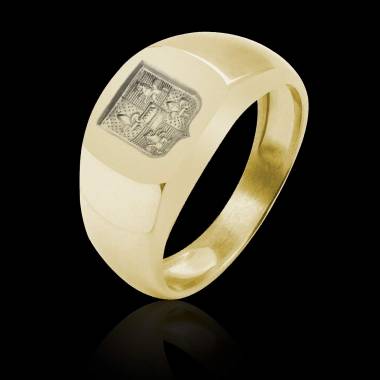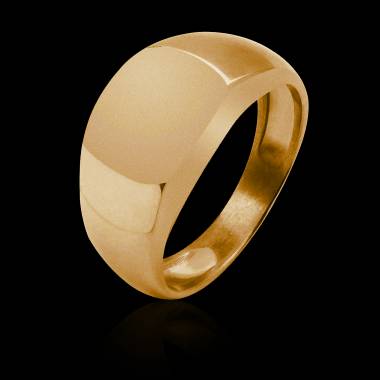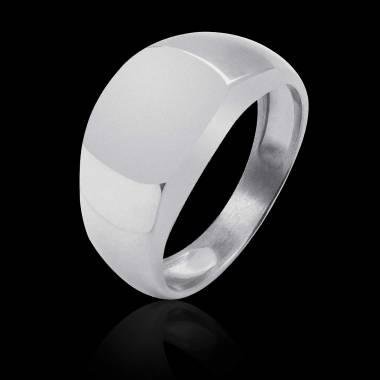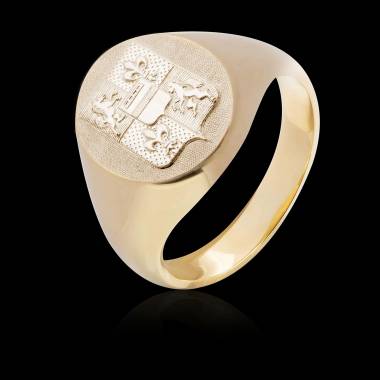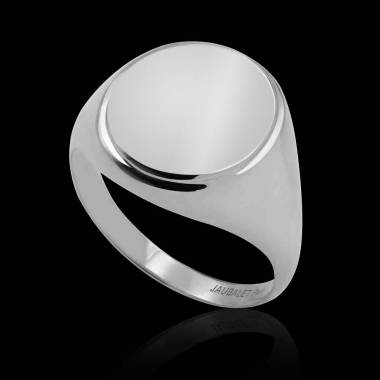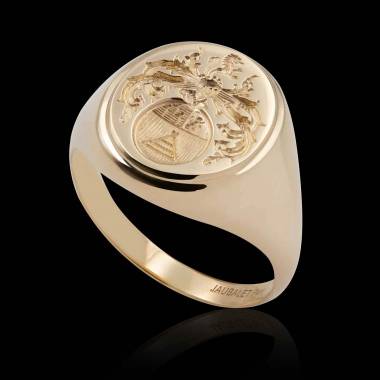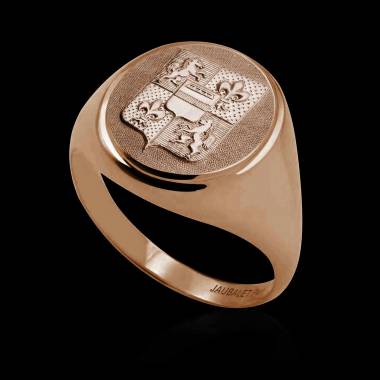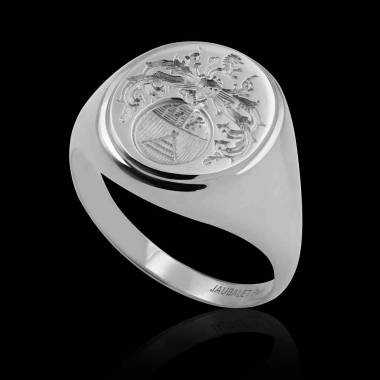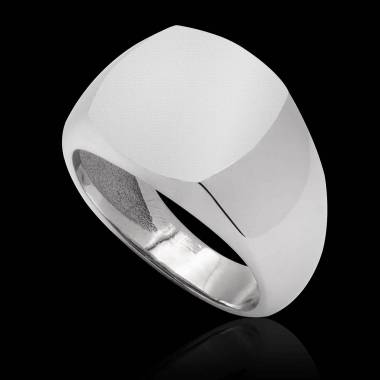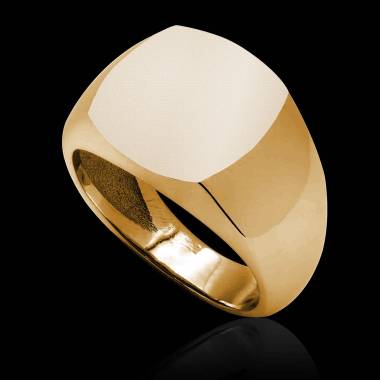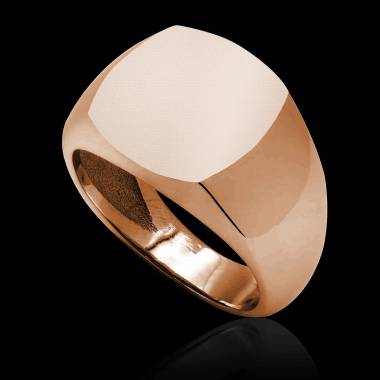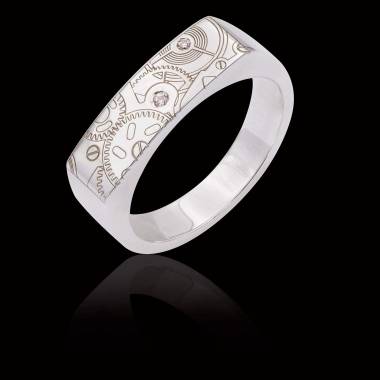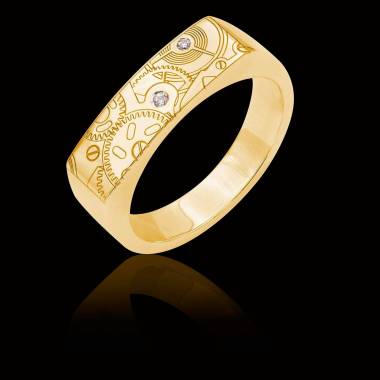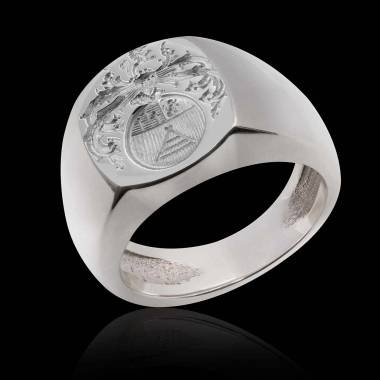Significance of Semi-precious stones
A semi-precious stone, commonly known as a gem or gemstone (sometimes a jewel, a gem, or a valuable stone), is a mineral fragment that is polished and carved into jewelry or other decorations. There are also biological resources or exact rocks that are not minerals (for example, jet or amber) that are used in jewelry and are classified as gemstones. Diamonds, sapphires, rubies, and emeralds are valuable stones in the Western world. All other stones are classified as semi-precious. This is, however, a commercial categorization that was developed by marketers years ago to provide the misleading impression that precious stones are more valuable than semi-precious stones. A Tsavorite green garnet, for example, is more expensive than a sapphire of the average grade. It's a Western idea that frequently instills customers with erroneous perceptions of the truth. So there is a distinction between semi-precious and precious in this context, but it is largely for show and solely from a business standpoint.
Why choose Semi-precious stones
Due to numerous economic considerations such as macro-market effects, shifting ethnic influences, and a desire for style above feelings, semi-precious stones have been in high demand recently. Colored stones are used in jewelry by designers all around the world for a variety of reasons, including their originality, beauty, and current trends. Each hue has its own unique tale to tell. The heart, and hence love and vigor for life, are represented by red stones. While rubies spring to mind when thinking about red, there are other lovely stones to consider, such as red tourmalines or red garnets. Green, on the other side, represents stability and balance. Emeralds, green garnets, and green tourmalines are all choices. Sapphire and iolite are both good choices for blue, which connotes spirituality and purity.
How to style your Semi-precious Stone
These exquisite stones provide an endless field of imagination and invention, from the delicate rosy glow of morganite or gentle blue aquamarine to the intense and flaming color of a red spinel or mandarin garnet. There are lots of alternatives to select based on your own taste and occasion, whether it's big rich pieces, delicate geometric neckpieces, and bracelets, cocktail rings, or chandelier earrings. Alternatively, one can be inspired by Meghan Markle, now the Duchess of Sussex, who was photographed wearing a Missoma Interstellar ring with a stone insert on a royal tour to Scotland with her then-fiancé, Prince Harry. Semi-precious stones add glitz and uniqueness to each item, making a style statement that even the Royals are enticed to attempt.














